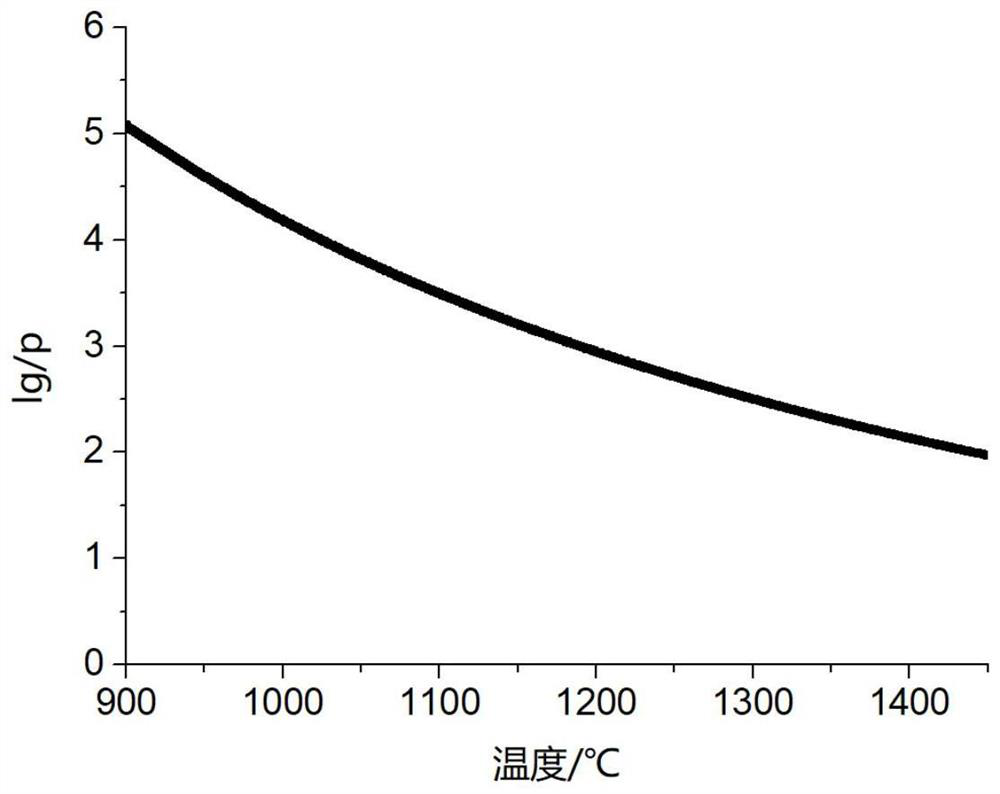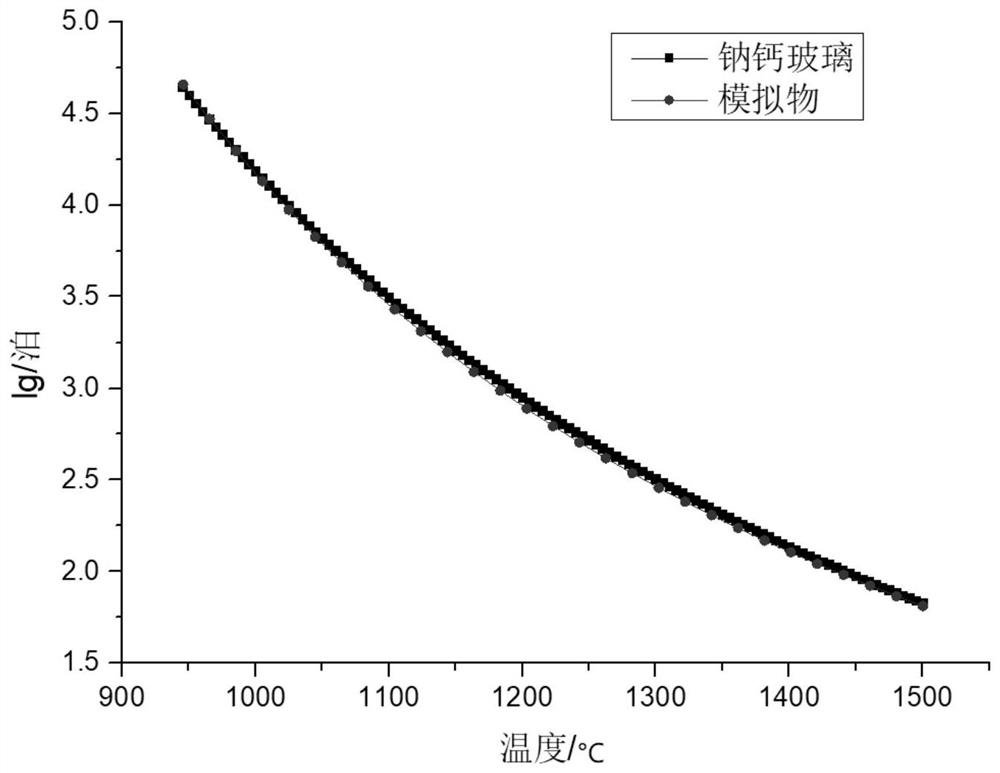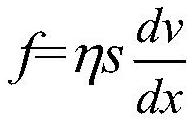Organic simulant conforming to high-temperature viscosity gradual change characteristic in inorganic glass
A technology of inorganic glass and simulants, which is applied in the field of organic simulants, can solve problems such as narrow viscosity variation range, non-compliance with simulant uniformity requirements, and narrow viscosity range, so as to avoid difficult observation and facilitate experimental observation and image video Record and easily identify the effects of experimental phenomena
- Summary
- Abstract
- Description
- Claims
- Application Information
AI Technical Summary
Problems solved by technology
Method used
Image
Examples
Embodiment Construction
[0041]In order to make the purpose, technical solutions and advantages of the embodiments of the present invention clearer, the technical solutions in the embodiments of the present invention will be clearly and completely described below in conjunction with the drawings in the embodiments of the present invention. Obviously, the described embodiments It is a part of embodiments of the present invention, but not all embodiments. Based on the embodiments of the present invention, all other embodiments obtained by persons of ordinary skill in the art without making creative efforts belong to the protection scope of the present invention.
[0042] Below in conjunction with accompanying drawing, the present invention is described in further detail:
[0043] The invention provides an organic simulant conforming to the high-temperature viscosity gradient characteristic of inorganic glass. The organic simulant is an organic mixture formed by heating rosin, EVA resin and terpene resin...
PUM
| Property | Measurement | Unit |
|---|---|---|
| melt flow index | aaaaa | aaaaa |
| density | aaaaa | aaaaa |
| glass transition temperature | aaaaa | aaaaa |
Abstract
Description
Claims
Application Information
 Login to View More
Login to View More - R&D Engineer
- R&D Manager
- IP Professional
- Industry Leading Data Capabilities
- Powerful AI technology
- Patent DNA Extraction
Browse by: Latest US Patents, China's latest patents, Technical Efficacy Thesaurus, Application Domain, Technology Topic, Popular Technical Reports.
© 2024 PatSnap. All rights reserved.Legal|Privacy policy|Modern Slavery Act Transparency Statement|Sitemap|About US| Contact US: help@patsnap.com










